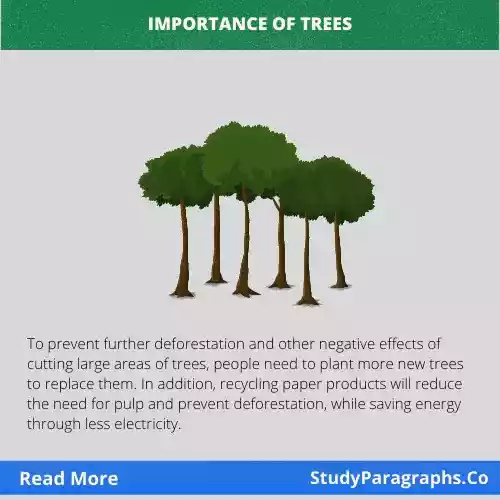Short Paragraph On Photosynthesis
Photosynthesis is a process that plants and animals use to convert water and carbon dioxide into food in the form of oxygen. This simple yet vital process powers all life on Earth!
Paragraph Writing Topic – Photosynthesis
Introduction
Photosynthesis is the process by which plants produce food from carbon dioxide and water. Plants use light energy to create glucose from carbon dioxide and oxygen. Glucose is used by plants for energy and as a building block for other compounds.
Importance of photosynthesis
Photosynthesis is a process that allows plants to convert light energy into glucose and oxygen gas. This explains how photosynthesis helps plants survive in environments with low levels of sunlight. In addition, photosynthesis helps recycle carbon dioxide back into the atmosphere.
Photosynthesis happens on the free aquatic pool’s upper 1000 meters (about 1,920 ft) of water. The process refers to chemical reactions in which plants take water, light, and carbon dioxide from the surrounding environment and use these elements to produce carbohydrates through photosynthesis.
All plants on Earth carry out photosynthesis, but not all of them are flowering plants. Flowering plants are so-named because they grow and bloom during a plant’s life cycle. Plants that obtains their energy through photosynthesis is referred to as photoautotrophs.
When material dies and falls into a lake or other water body, it decomposes and enters suspended sediment grains or fine-grained particulate matter known as organic matter or bottom mud. Where it enters streams, oceans, or lakes, the fine-grained components also settles and continues to be carried by water. Deposits of organic matter can accumulate when sediment accumulates and ridges on top of sediment forms above ground. When this happens a natural type of geologic layer known as marine sequences fill with bubbles encapsulated within their mineral composition. Once the bottom sediment is removed from sea floors, new basins are created as subduction processes occur exposing sea floor again.
These newly exposed undersides produce new abyssal plains along moving tectonic plates’ mid-section regions at divergent margins and passive margins converging shut ends of these expanses along continents where rock fan belts like windy gullies nestle and converge in basins with mountain ranges like what we see from the Blue Ridge Mountains.
The re-deposition of this unnatural sea-bed to a degree is occurring all over the world today along basins including underneath existing continental shelves despite their naturally uplifted marine de positional nature.
Sediments moved by gravity forces within cycling plate tectonic areas are elevated at divergent margins where oceanic plates detach, redirecting material and then under subduction occurs on geologic converging ends where convergence transform large sections of oceans into new oceanic platforms that are smaller than former volcanic islands while eventually many new small island chains emerge as Subduction zones tunnel and/or slicing middle section apart leaving a single platform border colliding with passive margins and or trenching troughs as we have on the Southeast Coast of the Atlantic Ocean.
These final new platforms, in turn, evolve into wide continental shelves where evidence for historically uplifted marine beds are separated by deep abyssal trenches that potentially undercut deposit forming mobile sediment colliding with the sea floor forming accretionary or shelf margins. This evolution continues to build depth and width creating tetrahedral chain belt morphology causing New Basins and exposing older continental reversals where oceanic crust is removed leaving Mantle derived horizons dominant through gravitational forces as opposed to deeper thermal geologic stresses.
Conclusion
Photosynthesis is a process that uses light energy to create organic molecules from simple inorganic elements. This complex reaction happens in the chloroplasts of plants, where photosynthesis captures sunlight energy and converts it into organic carbon dioxide and oxygen gas. Through Photosynthesis, plants are able to convert carbon dioxide (a byproduct of the burning of fossil fuels) into food for animals and themselves.

Hello! Welcome to my Blog StudyParagraphs.co. My name is Angelina. I am a college professor. I love reading writing for kids students. This blog is full with valuable knowledge for all class students. Thank you for reading my articles.



